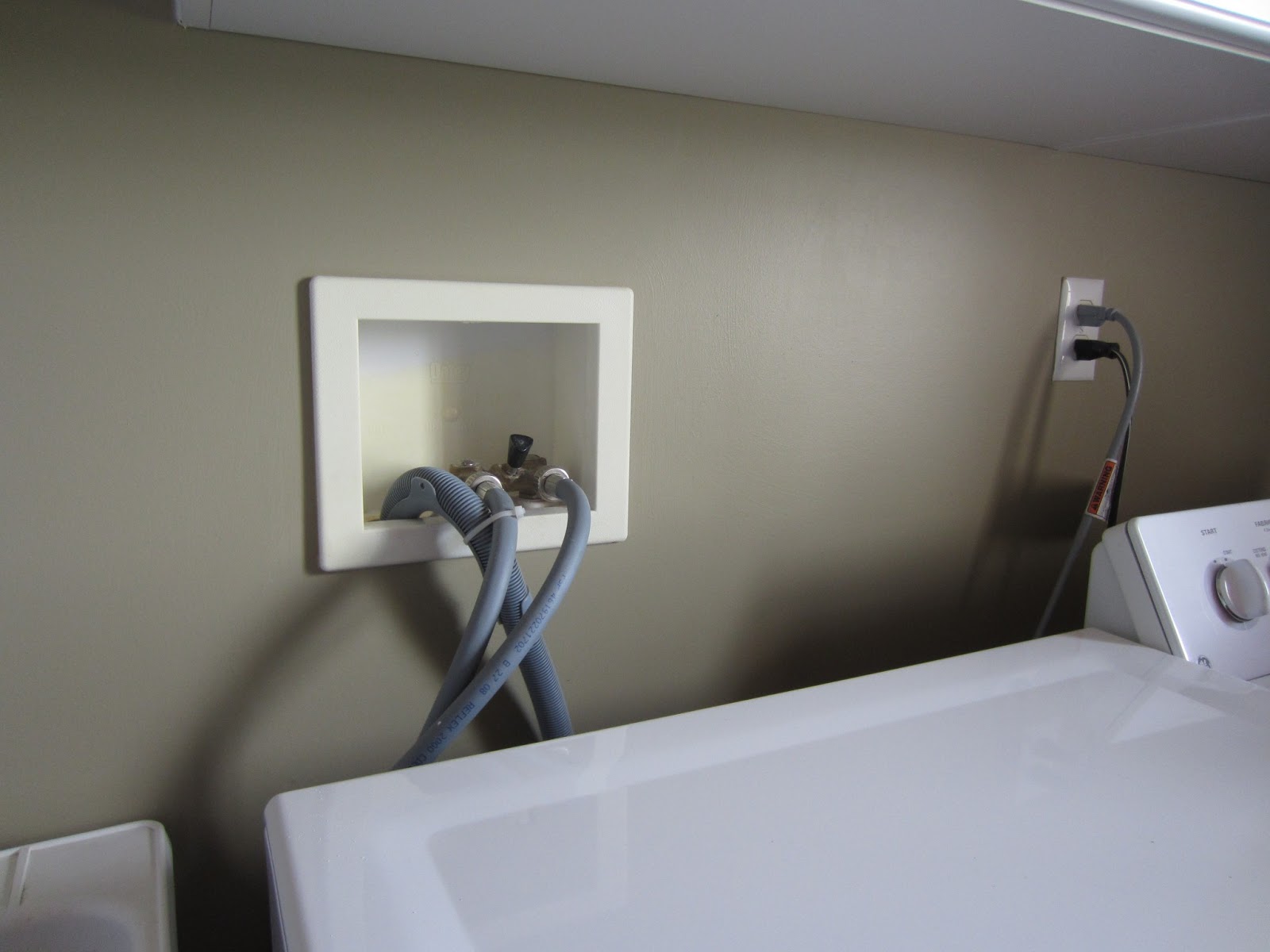

Articles
How To Hide Laundry Room Plumbing
Modified: October 28, 2024
Learn the best techniques to hide laundry room plumbing with our informative articles. Create a seamless and aesthetically pleasing space in your home.
(Many of the links in this article redirect to a specific reviewed product. Your purchase of these products through affiliate links helps to generate commission for Storables.com, at no extra cost. Learn more)
Introduction
Laundry rooms are often overlooked when it comes to home design and decor, but they play a vital role in our daily routines. However, the plumbing fixtures and pipes in the laundry room can be unsightly and disrupt the overall aesthetic of the space. Luckily, there are several creative ways to hide laundry room plumbing and maintain a clean and organized look.
In this article, we will explore various methods and techniques to conceal exposed pipes in your laundry room. Whether you are looking to build a cabinet around the plumbing, install a false wall, use curtains, decorative screens, or incorporate plumbing into built-in shelving, we have got you covered.
By implementing these strategies, you can transform your laundry room into a functional and visually appealing space where you can efficiently tackle your laundry tasks without the eyesore of exposed plumbing.
Key Takeaways:
- Transform your laundry room into a visually appealing space by concealing exposed pipes with creative solutions like painting, pipe covers, insulation, decorative boxes, cabinets, false walls, curtains, decorative screens, and built-in shelving.
- Seamlessly integrate plumbing into your laundry room’s design while maximizing storage and concealing unsightly fixtures with innovative solutions like false walls, curtains, decorative screens, and built-in shelving.
Read more: How To Hide Furnace In Laundry Room
Understanding Laundry Room Plumbing
Before delving into the methods of hiding laundry room plumbing, it’s essential to have a basic understanding of the plumbing components you may encounter. Laundry room plumbing typically consists of several key elements:
- Water supply lines: These are responsible for bringing in hot and cold water to your washing machine. They are typically made of copper or flexible plastic tubing.
- Drainage pipes: These pipes carry the wastewater from your washing machine to the main sewer line. They are usually made of PVC or cast iron.
- Vent pipes: Vent pipes allow air to flow through the plumbing system, preventing vacuum and facilitating proper drainage. They are typically made of PVC and extend through the roof of your home.
- Utility sink plumbing: If your laundry room includes a utility sink, it will have additional plumbing components, including hot and cold water supply lines and a drainpipe.
By understanding these basic plumbing components, you can better plan and execute the methods to hide them effectively without compromising their functionality.
Concealing Exposed Pipes
One of the simplest and most effective ways to hide laundry room plumbing is by concealing exposed pipes. There are several approaches you can take to achieve this:
1. Paint the pipes: A quick and easy solution is to paint the exposed pipes to blend them in with the walls or cabinets. Choose a color that matches the surrounding decor, or opt for a contrasting color to make a statement. Use spray paint or special paints designed for plumbing fixtures for long-lasting results.
2. Use pipe covers: Pipe covers are available in various materials such as PVC, metal, or fabric. These covers can be installed over the exposed pipes to give them a sleek and finished look. Look for covers that are easy to install and can be cut to fit the desired length.
3. Wrap pipes with insulation: Insulating foam can be wrapped around the exposed pipes not only to hide them but also to prevent heat loss and condensation. This is especially useful if your laundry room is located in a basement or in a colder area of your home.
4. Install pipe sleeves: Similar to pipe covers, pipe sleeves are hollow cylindrical tubes that can be placed over the exposed pipes. They come in various sizes and materials, including neoprene and polyethylene, and offer a more streamlined look.
5. Build a decorative box: For a more customized approach, consider building a decorative box or column around the exposed pipes. This can be made from various materials such as wood, drywall, or MDF, and can be painted or adorned with decorative elements to match the style of your laundry room.
Remember to take into account accessibility to the plumbing when concealing exposed pipes. Leave access panels or removable sections in case of maintenance or repairs. Additionally, always consult with a professional plumber if you are unsure about any alterations to the plumbing system.
Building a Cabinet Around Plumbing
If you’re looking to hide laundry room plumbing while adding functional storage space, building a cabinet around the plumbing is an excellent option. Here’s how you can achieve this:
1. Measure and plan: Start by measuring the dimensions of the area where you want to build the cabinet. Take into account the height and width of the plumbing fixtures, ensuring that there is enough space for them to function properly.
2. Choose the materials: Select materials that will suit the style of your laundry room. Common choices for cabinet construction include plywood, MDF, or solid wood. Make sure to choose materials that are resistant to moisture and will withstand the conditions of a laundry room.
3. Design the cabinet layout: Determine the layout and configuration of the cabinet, considering the placement of the sink, washing machine, and any other plumbing fixtures. Plan for storage compartments, shelves, and drawers to maximize functionality.
4. Build the cabinet: Cut the chosen materials according to your measurements and assemble the cabinet components. Use screws, nails, or adhesives to secure the pieces together, ensuring a sturdy and durable construction. If you’re not confident in your woodworking skills, you can also purchase pre-made cabinet units and customize them accordingly.
5. Install the cabinet: Carefully position the cabinet around the plumbing fixtures, ensuring that there is enough clearance for the connections and pipes. Secure the cabinet to the wall using screws or brackets, taking into account the weight and stability of the cabinet.
6. Finishing touches: Once the cabinet is installed, apply paint or stain to match the desired color scheme of your laundry room. Install cabinet doors, handles, and hardware for a polished look. Consider adding a countertop that extends over the top of the cabinet to create a functional workspace.
Building a cabinet around laundry room plumbing not only hides unsightly pipes but also provides valuable storage space for detergent, cleaning supplies, and other laundry essentials. It creates a cohesive and organized look, seamlessly integrating the plumbing fixtures into the overall design of the room.
Installing a False Wall to Hide Plumbing
If you prefer a more streamlined and minimalistic approach to hide laundry room plumbing, installing a false wall can be an effective solution. Here’s how you can achieve this:
1. Determine the wall location: Choose a suitable location for the false wall that will effectively hide the plumbing fixtures. Take into consideration the dimensions of the fixtures and the amount of space needed for proper functioning.
2. Frame the false wall: Construct a wooden frame using 2×4 or 2×6 lumber. Attach the vertical studs to the floor and ceiling, making sure they are plumb and level. Install the horizontal studs between the vertical studs to create a solid frame structure.
3. Install drywall: Attach drywall sheets to the frame using screws, ensuring a seamless and smooth surface. Opt for moisture-resistant drywall to withstand the humid conditions of a laundry room. Leave an access panel or removable section in the false wall for future maintenance or repairs.
4. Finishing touches: Apply joint compound to the seams and screw holes in the drywall, allowing it to dry. Sand the surface to create a smooth finish. Paint the false wall to match the surrounding walls or choose a contrasting color for a unique design element.
5. Decorative options: Enhance the appearance of the false wall by adding decorative elements such as wallpaper, wainscoting, or tile. These options can help create a cohesive and aesthetically pleasing laundry room design while still concealing the plumbing fixtures.
Installing a false wall offers a seamless and modern way to hide laundry room plumbing. It creates a clean and uncluttered look while adding a touch of sophistication to the space. Remember to consult with a professional if you are unsure about any structural changes or modifications required for the false wall installation.
Use a tension rod and a decorative curtain to hide exposed laundry room plumbing. Simply hang the curtain to cover the pipes and create a more polished look.
Read more: How To Hide Washer Hoses In Laundry Room
Creating a Hideaway with Curtains
If you’re looking for a flexible and budget-friendly option to hide laundry room plumbing, creating a hideaway with curtains can be an excellent choice. Here’s how you can achieve this:
1. Choose the curtain style: Select curtains that match the style and color scheme of your laundry room. Consider options such as sheer curtains for a light and airy feel or thicker fabrics for better coverage. You can also opt for patterned curtains to add visual interest to the space.
2. Install curtain rods: Install curtain rods on the walls or ceiling, depending on the desired placement of the curtains. Make sure the rods are securely mounted to support the weight of the curtains.
3. Hang the curtains: Hang the curtains on the rods, ensuring that they fully cover the plumbing fixtures when closed. You can choose to have separate curtains for each fixture or use one large curtain to conceal multiple fixtures.
4. Add a track system: For a more professional and seamless look, consider installing a track system that allows the curtains to slide open and close easily. This adds functionality and convenience to the setup.
5. Enhance with tie-backs or hooks: To keep the curtains neatly tucked away when not in use, add tie-backs or hooks on the wall. This allows you to easily access and hide the plumbing fixtures whenever needed.
Creating a hideaway with curtains offers a versatile and temporary solution for concealing laundry room plumbing. It allows you to easily open and close the curtains when accessing the plumbing fixtures while maintaining a visually appealing and cohesive look in your laundry room.
Remember to choose curtains made from durable and washable fabrics that can withstand the moisture and humidity of a laundry room environment. Regularly clean and maintain the curtains to prevent dust and dirt build-up, ensuring a fresh and clean appearance.
Using Decorative Screens to Hide Plumbing
If you’re looking for a stylish and versatile way to hide laundry room plumbing, using decorative screens can be a fantastic option. Decorative screens come in various designs, materials, and sizes, allowing you to customize the look of your laundry room. Here’s how you can use decorative screens to hide plumbing:
1. Select a decorative screen: Choose a decorative screen that matches the style and theme of your laundry room. Consider screens made of materials like wood, metal, or fabric. Look for intricate patterns or designs that enhance the aesthetic appeal of the space.
2. Position the screen: Determine the ideal placement for the decorative screen, ensuring that it adequately covers the plumbing fixtures. You can place it directly in front of the fixtures or at a slight angle for a more creative and dynamic look.
3. Secure the screen: Use brackets, hooks, or hinges to secure the decorative screen in place. This will ensure stability and prevent the screen from moving or falling over. Make sure to choose hardware that is suitable for the weight and material of the screen.
4. Enhance with lighting: For an added visual impact, consider incorporating lighting behind or around the decorative screen. This will create a soft and ambient glow, highlighting the screen’s design while concealing the plumbing fixtures.
5. Explore folding or portable screens: If you prefer versatility and the ability to easily move or adjust the screen, consider using folding or portable screens. These screens can be folded up and stored away when not in use or repositioned as needed.
Using decorative screens to hide laundry room plumbing not only effectively conceals the fixtures but also adds a touch of elegance and visual interest to the space. The screens can serve as decorative focal points, transforming an otherwise utilitarian area into a stylish and inviting laundry room.
Ensure that the decorative screens are maintained and cleaned regularly to keep them looking pristine. Dusting or wiping them with a damp cloth will help prevent the buildup of dirt and dust particles.
Incorporating Plumbing into Built-in Shelving
If you’re looking to seamlessly integrate laundry room plumbing into the overall design of the space, incorporating it into built-in shelving can be an excellent option. This approach combines functionality and aesthetics, allowing you to maximize storage while concealing the plumbing fixtures. Here’s how you can incorporate plumbing into built-in shelving:
1. Plan the shelving layout: Assess your laundry room and determine where you can incorporate built-in shelving. Consider the dimensions and location of the plumbing fixtures. Design a shelving layout that accommodates the fixtures while providing ample storage space.
2. Create openings for plumbing: Measure and mark the positions of the plumbing fixtures on the shelving units. Using a drill or jigsaw, carefully cut out openings to accommodate the pipes, ensuring a proper fit and allowing for easy access when needed.
3. Install the shelving units: Once the openings for the plumbing fixtures are created, you can proceed with installing the built-in shelving units. Use sturdy materials such as plywood or solid wood to ensure the shelves can support the weight of items stored on them.
4. Conceal pipes with decorative covers: To further hide the plumbing pipes, you can use decorative pipe covers. These covers are available in various materials, including wood or metal, and can be custom-made to match the shelving design. Simply slide the covers over the exposed pipes to create a seamless and cohesive look.
5. Incorporate design elements: Add design elements such as decorative trim, molding, or paint to the built-in shelving units. This will enhance the aesthetics of the space and create a cohesive and visually appealing laundry room design.
6. Organize and decorate the shelves: Once the built-in shelving units are installed, organize and decorate them with baskets, bins, and decorative items. This will not only add functionality but also divert attention from the plumbing fixtures, creating an organized and visually appealing space.
Incorporating plumbing into built-in shelving is a sophisticated way to conceal laundry room plumbing while optimizing storage. It allows you to seamlessly merge the plumbing fixtures with the overall design, creating a cohesive and visually pleasing laundry room.
Remember to consult with a professional plumber when making any alterations to the plumbing system to ensure proper installation and maintenance.
Conclusion
Your laundry room doesn’t have to be plagued by unsightly plumbing fixtures. By implementing creative and practical solutions, you can effectively hide the plumbing while enhancing the overall aesthetic of the space. Throughout this article, we explored various methods to conceal laundry room plumbing, including:
- Concealing exposed pipes through painting, pipe covers, insulation, or decorative boxes
- Building cabinets around the plumbing to add storage and functionality
- Installing false walls to create a seamless and streamlined look
- Creating a hideaway with curtains for a flexible and budget-friendly option
- Using decorative screens to add style and elegance while concealing the plumbing
- Incorporating plumbing into built-in shelving to seamlessly integrate it with the overall design
Remember that regardless of the method you choose, it’s important to consider accessibility for future maintenance or repairs. Also, consult with a professional plumber to ensure any modifications or alterations to the plumbing system are done correctly and safely.
Your laundry room should be a functional and visually appealing space. By hiding the plumbing, you can create a clean, organized, and enjoyable environment for your laundry tasks. Don’t let exposed pipes ruin the ambiance of your laundry room – try one of these methods and transform it into a space you can be proud of!
Excited about transforming your laundry room? Why stop there? Dive into our next feature on DIY home projects. This guide offers easy-to-follow advice for beginners looking to tackle fun and creative tasks around the house. Whether you're painting, building, or decorating, these projects will not only beautify your space but also give you a hearty sense of accomplishment. Don't miss out on this chance to make your home truly your own with personal touches that reflect your style and taste.
Frequently Asked Questions about How To Hide Laundry Room Plumbing
Was this page helpful?
At Storables.com, we guarantee accurate and reliable information. Our content, validated by Expert Board Contributors, is crafted following stringent Editorial Policies. We're committed to providing you with well-researched, expert-backed insights for all your informational needs.
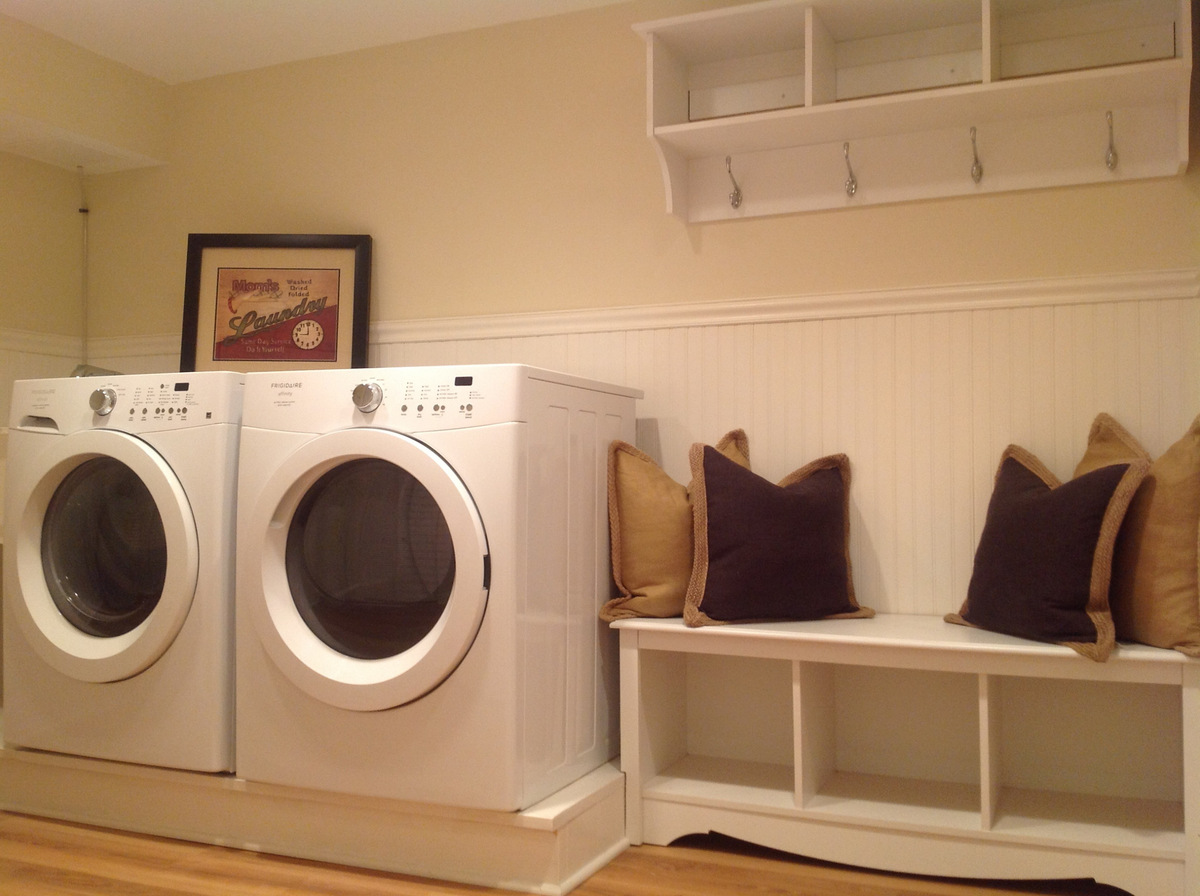
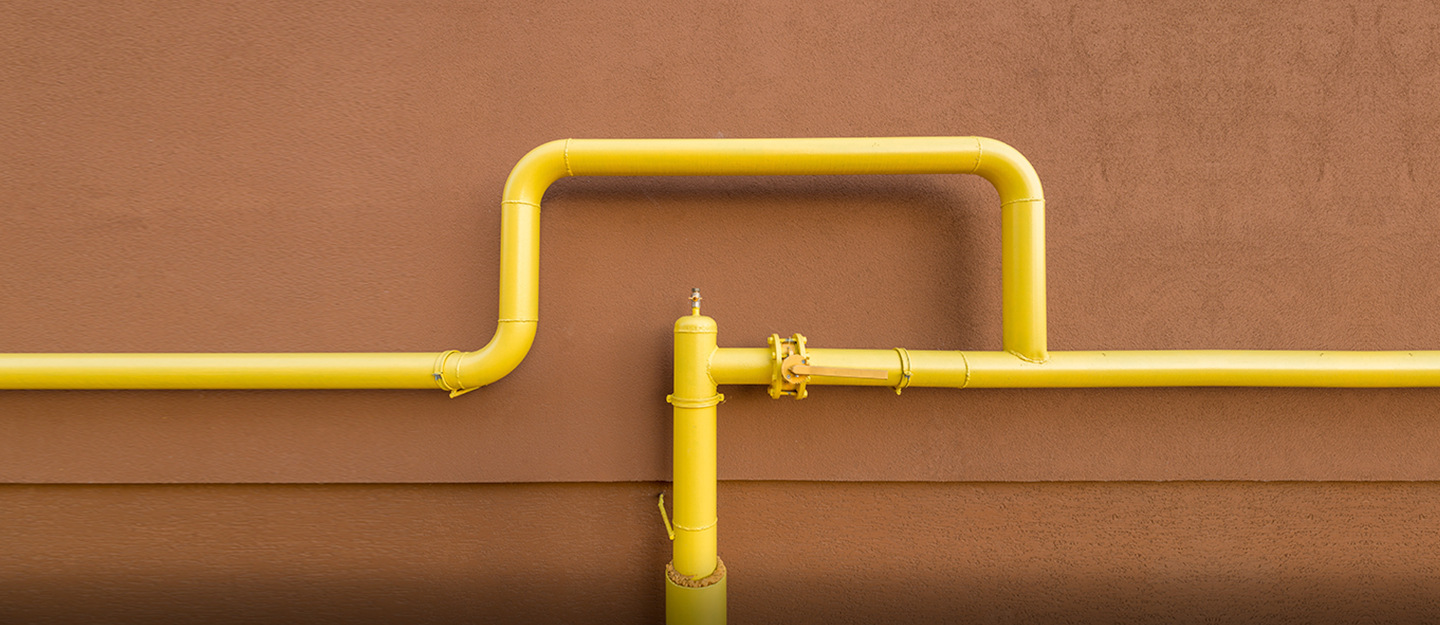
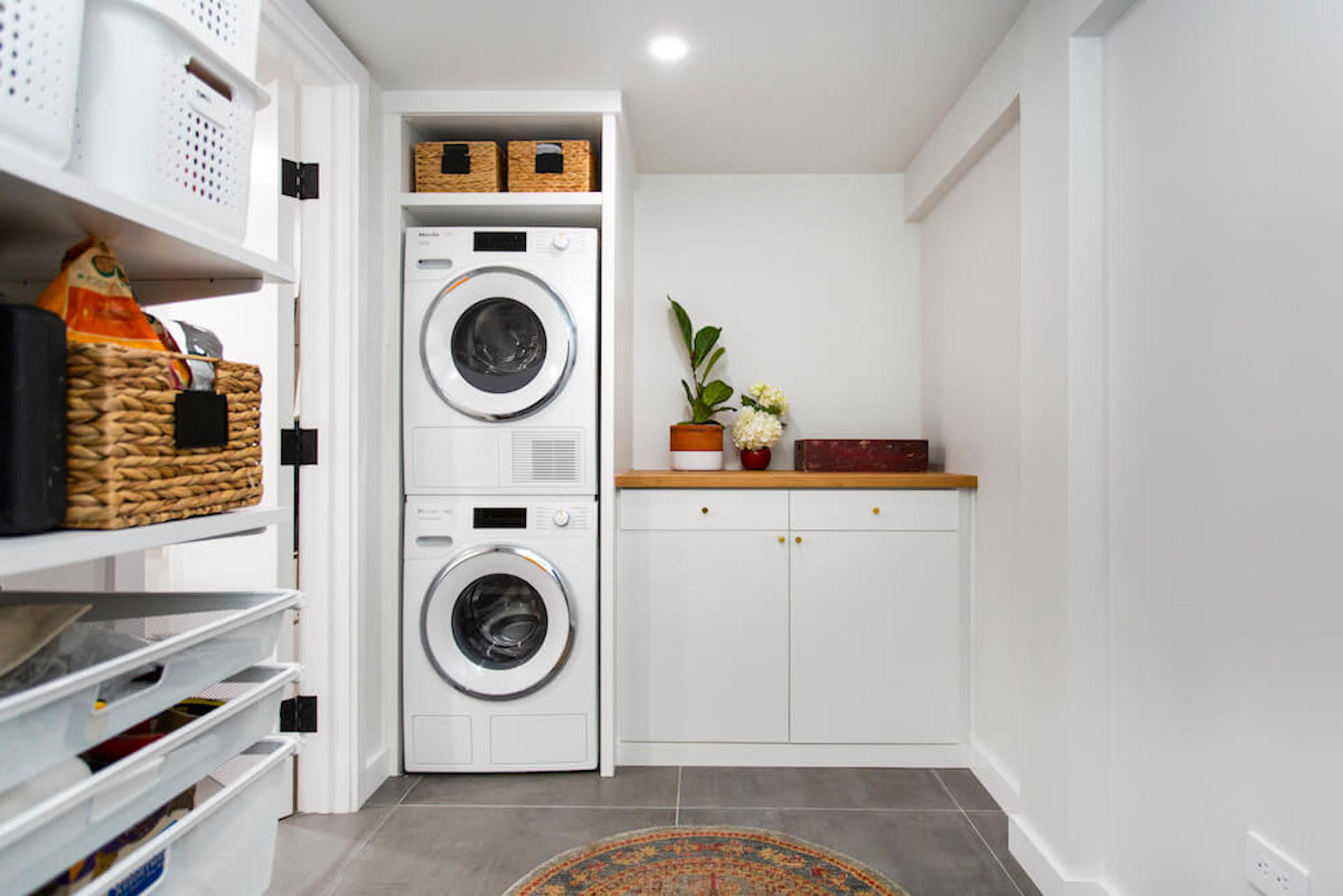
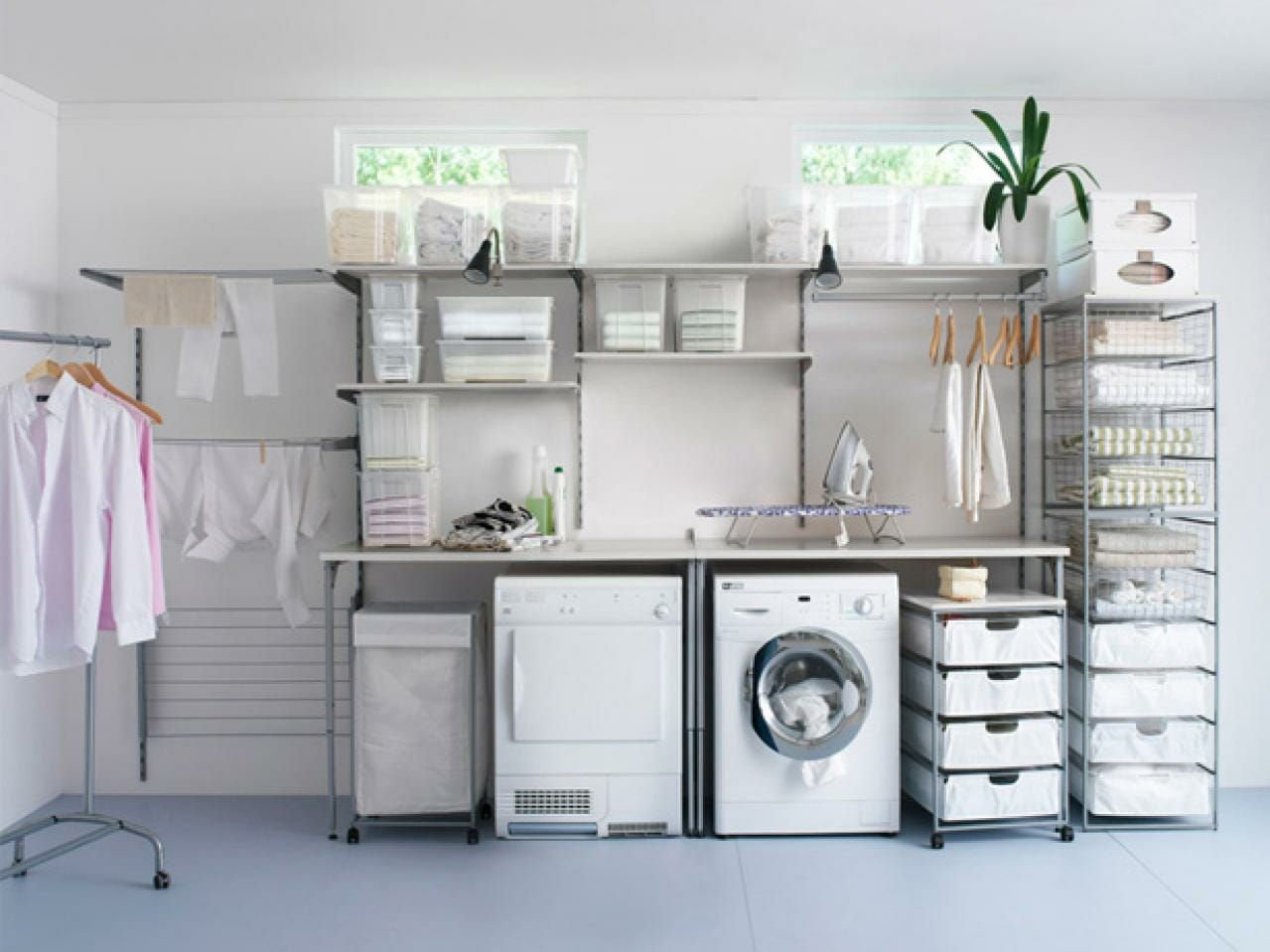
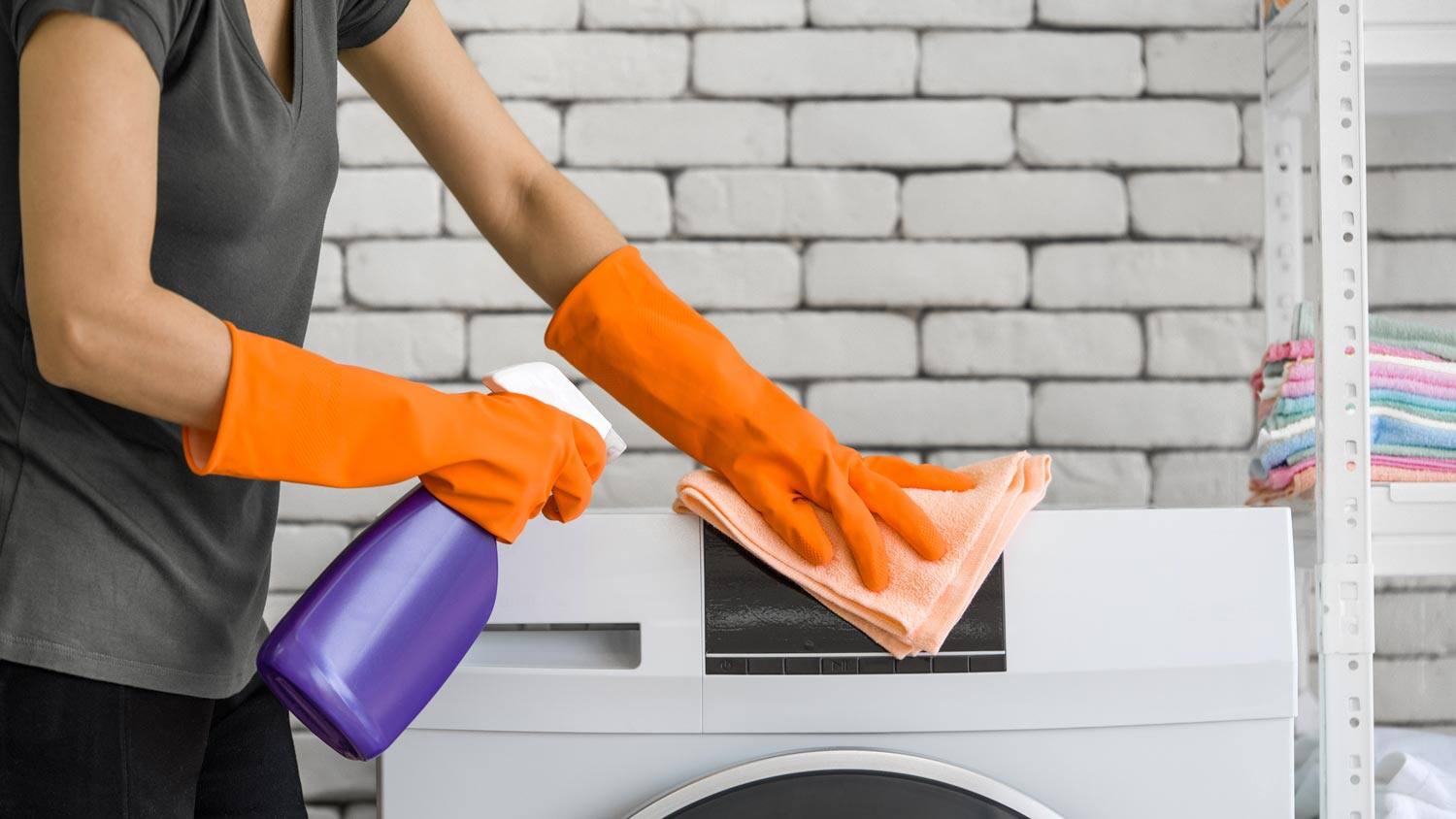
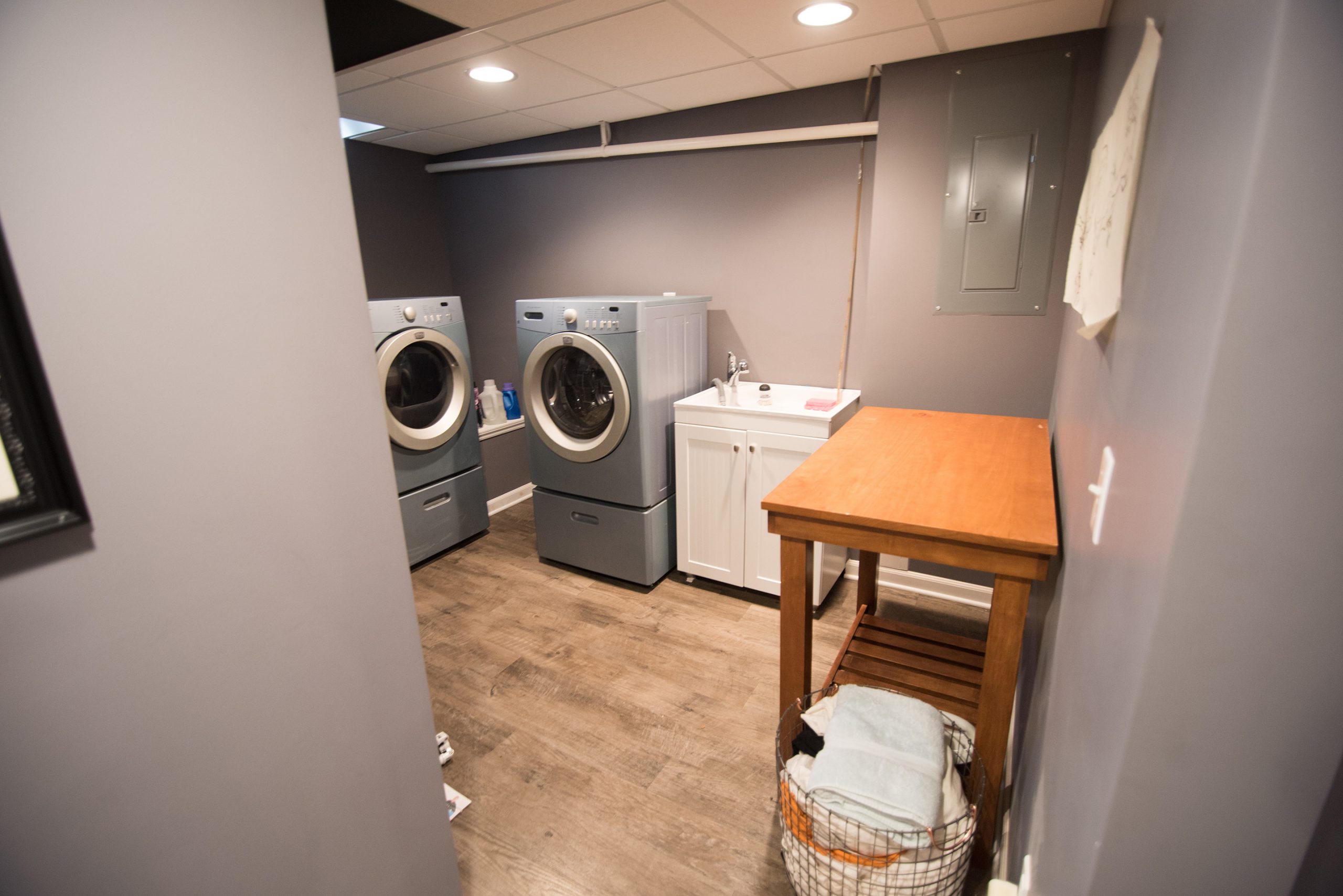
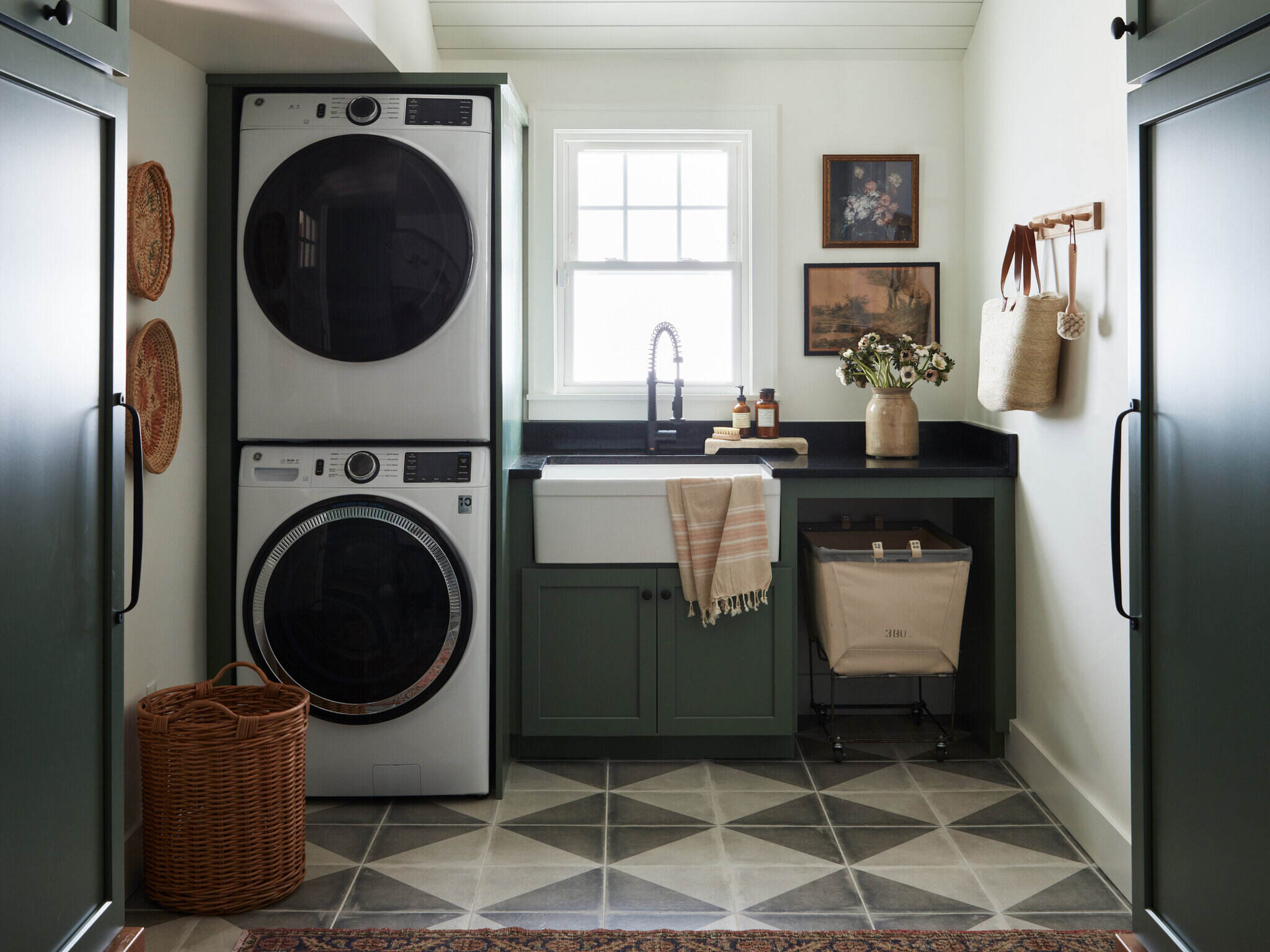
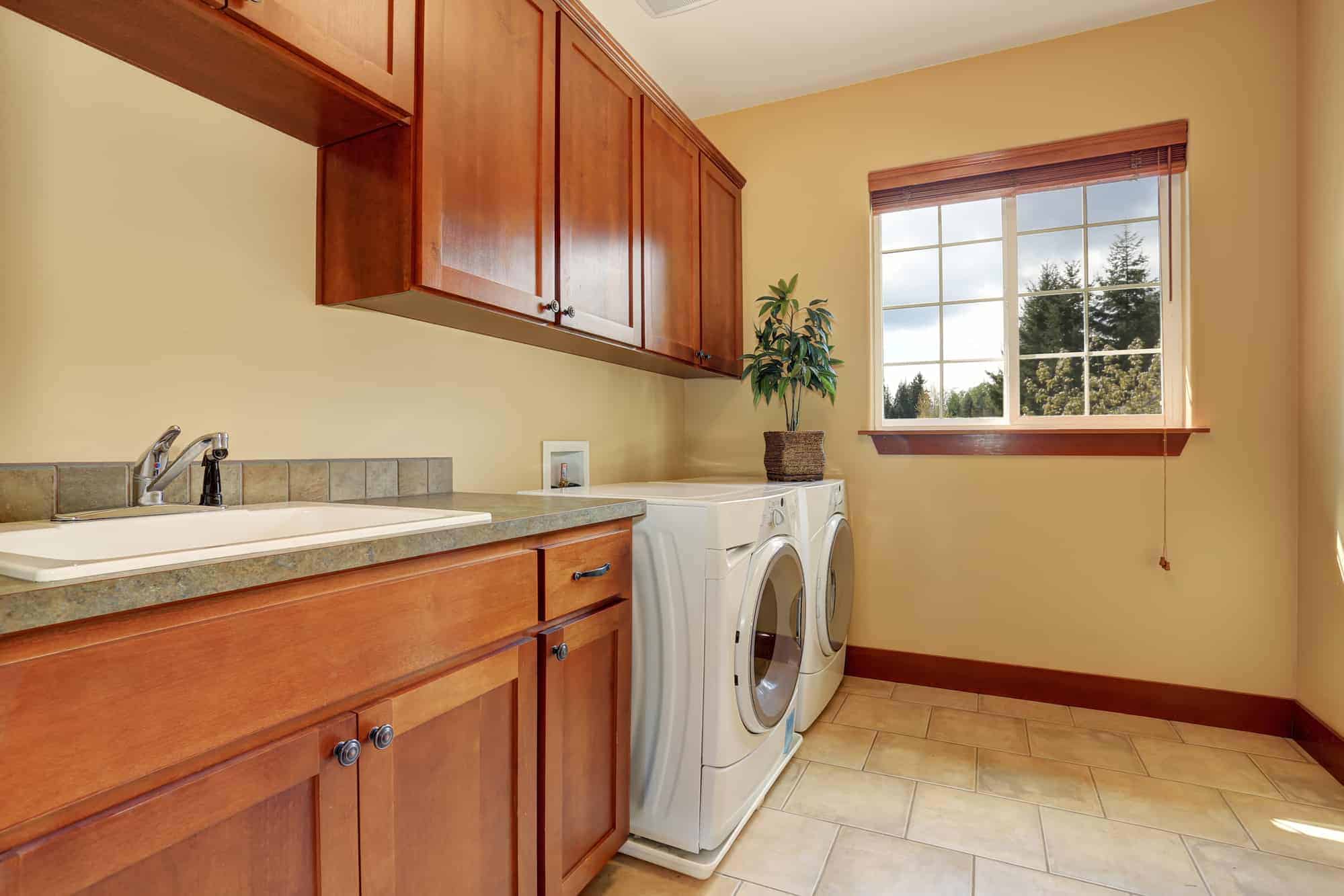
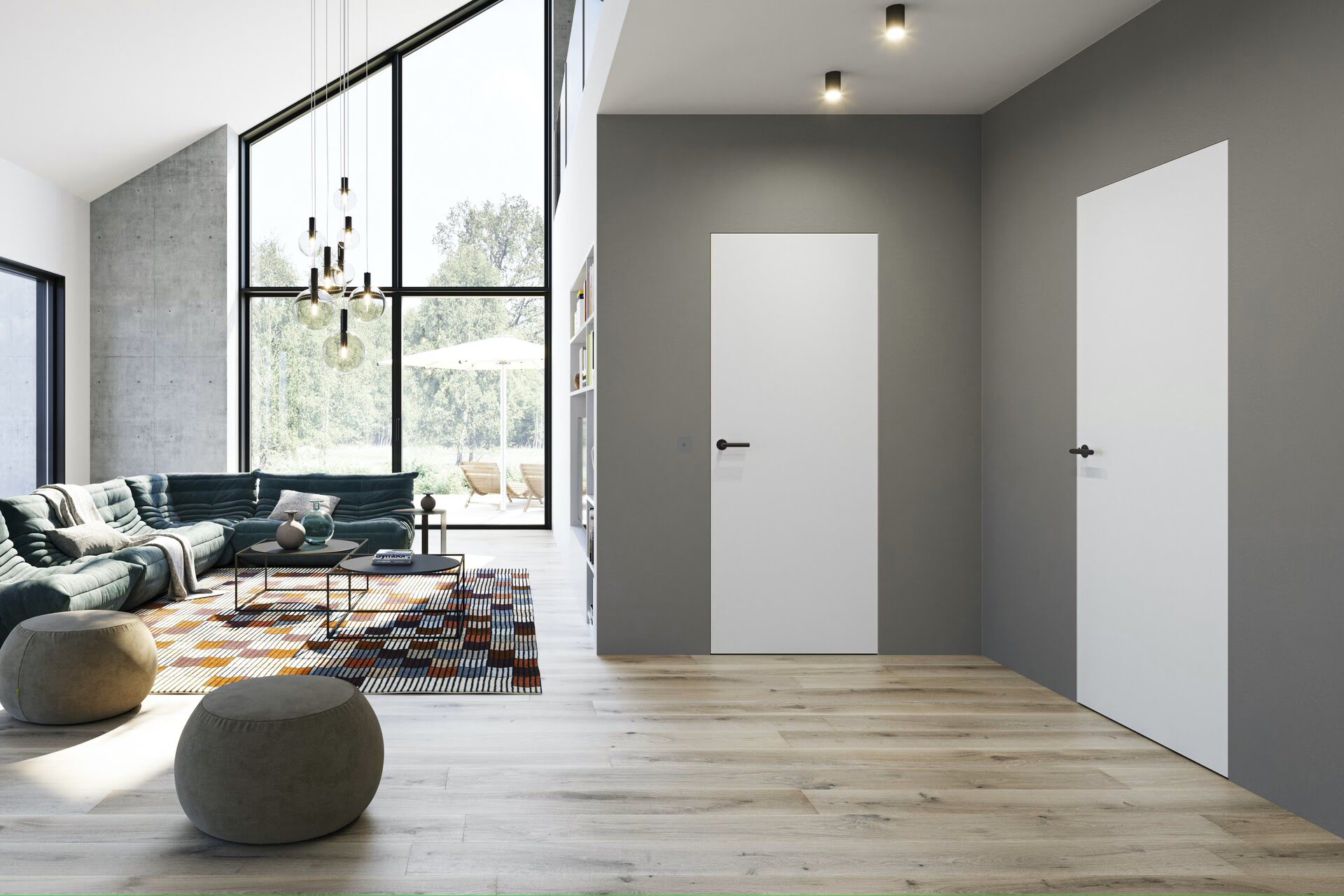
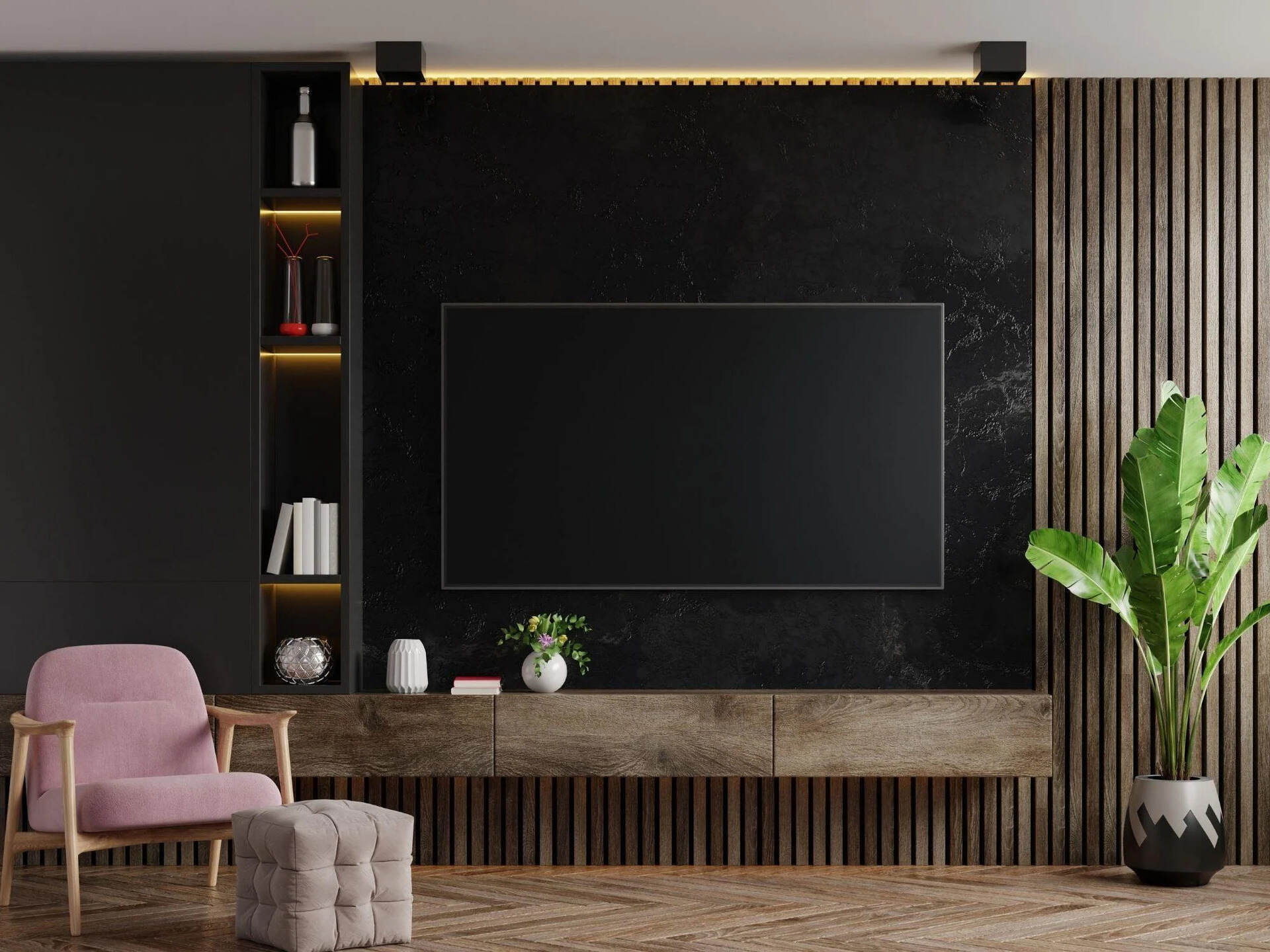
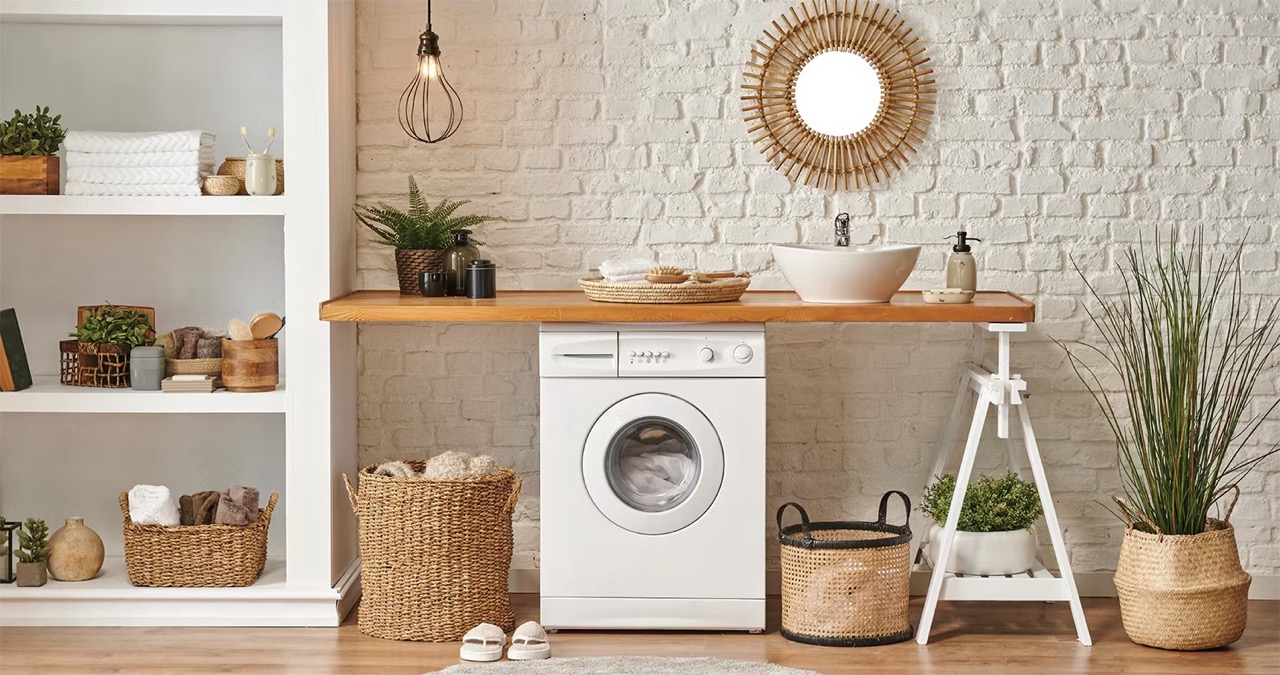
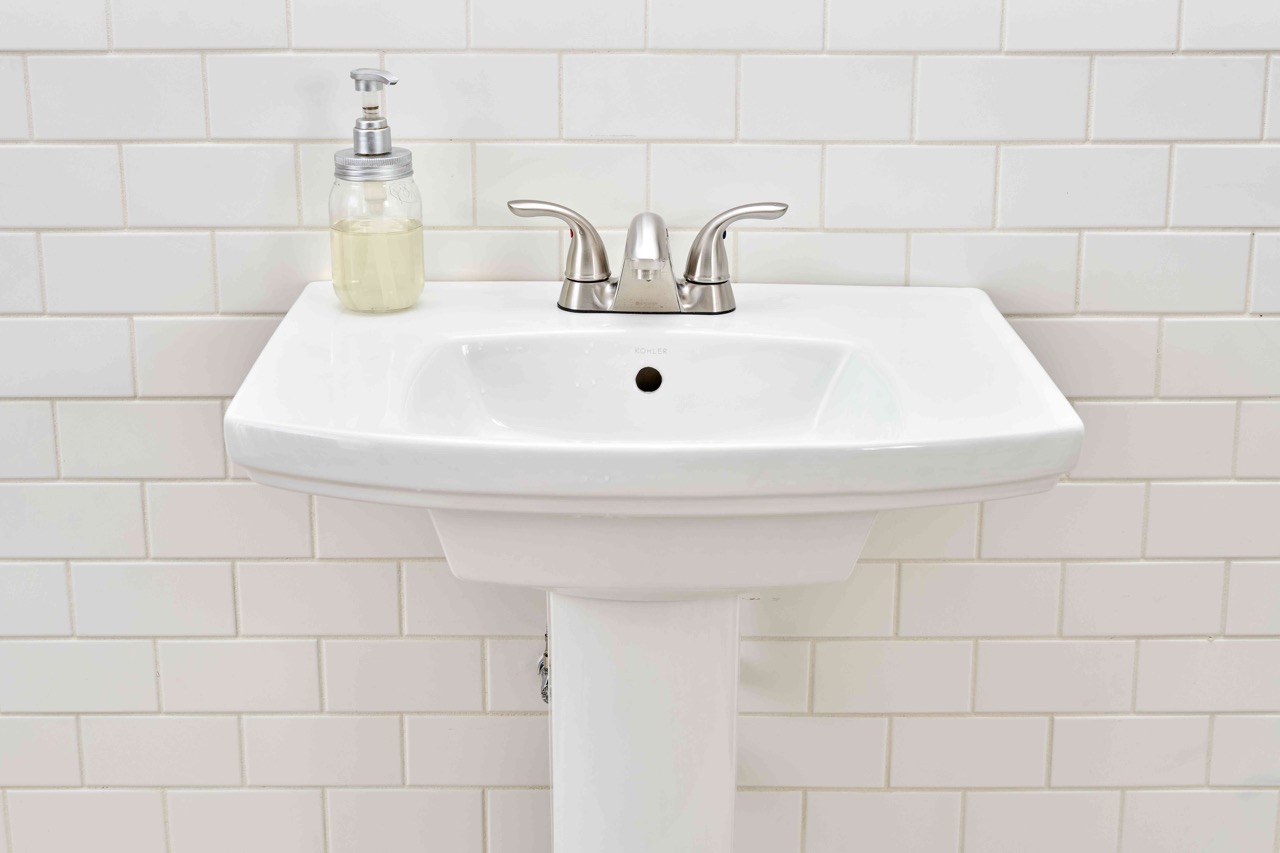
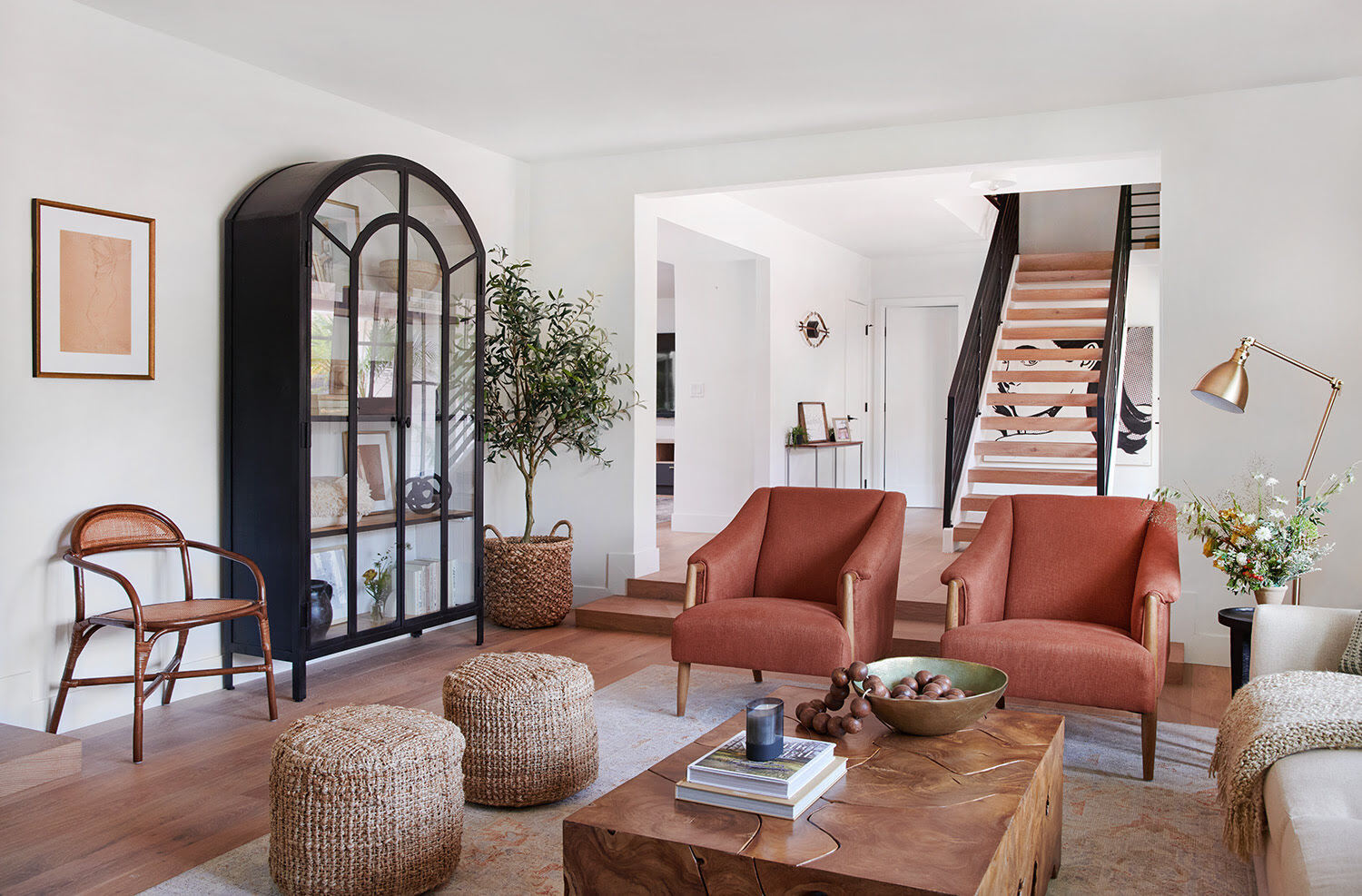
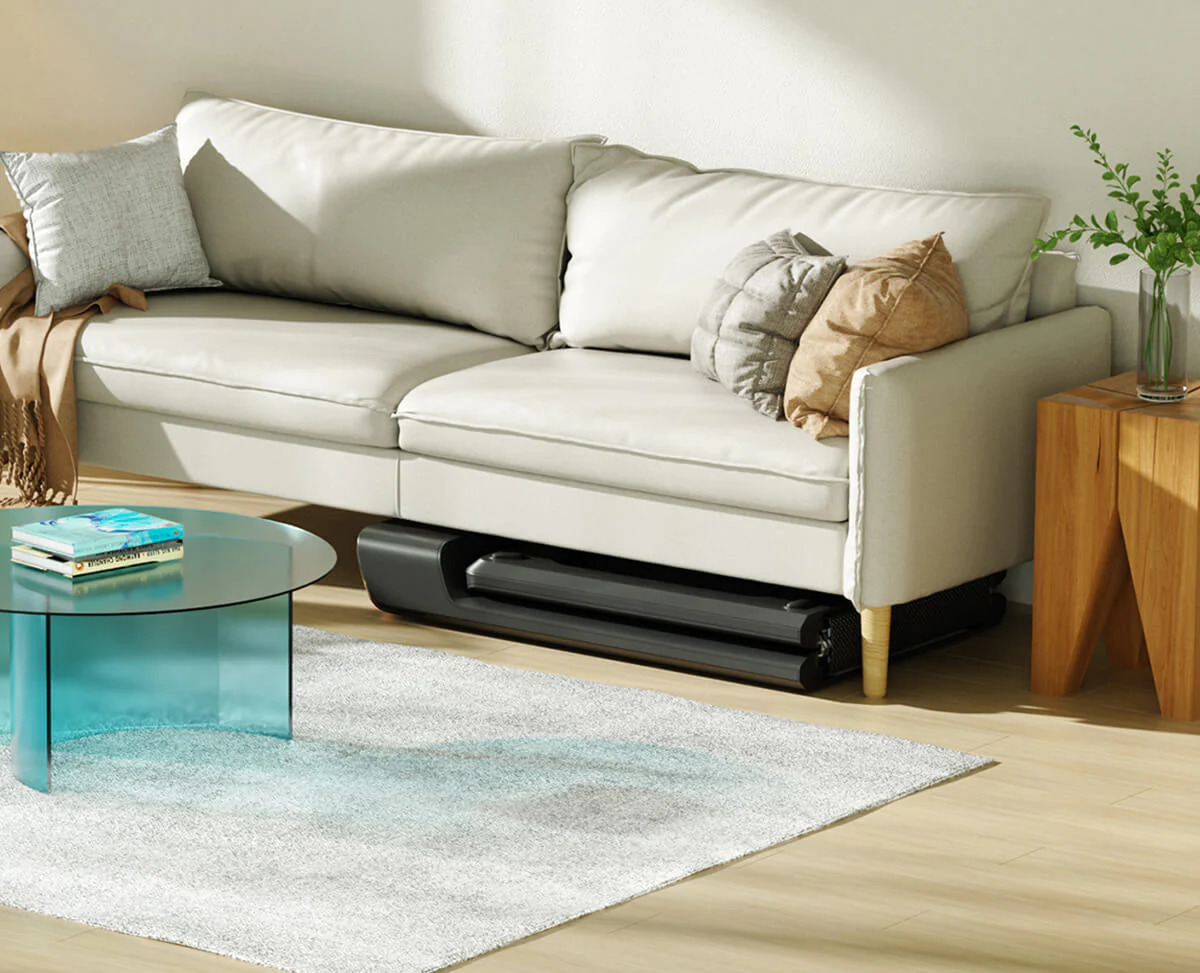

0 thoughts on “How To Hide Laundry Room Plumbing”